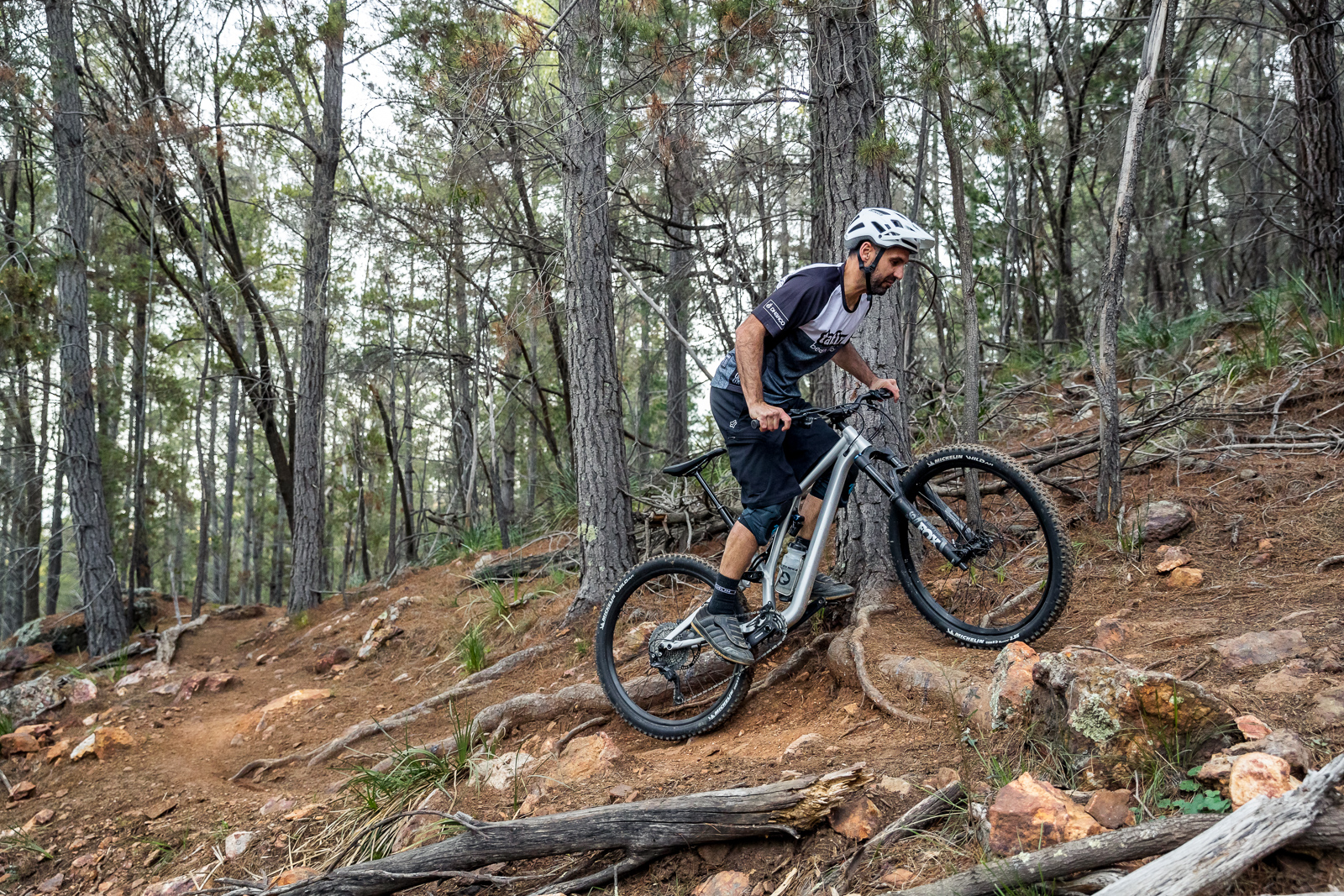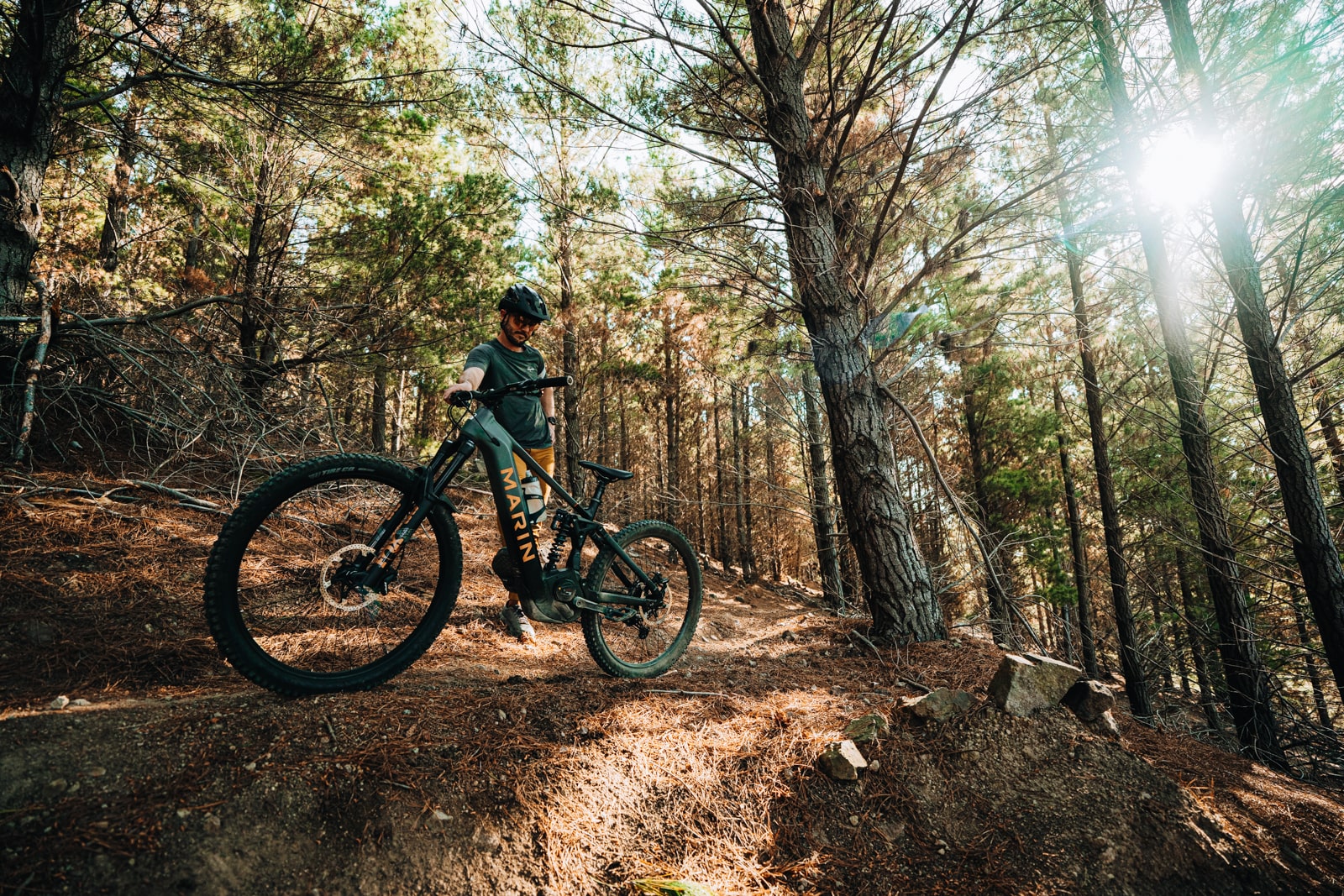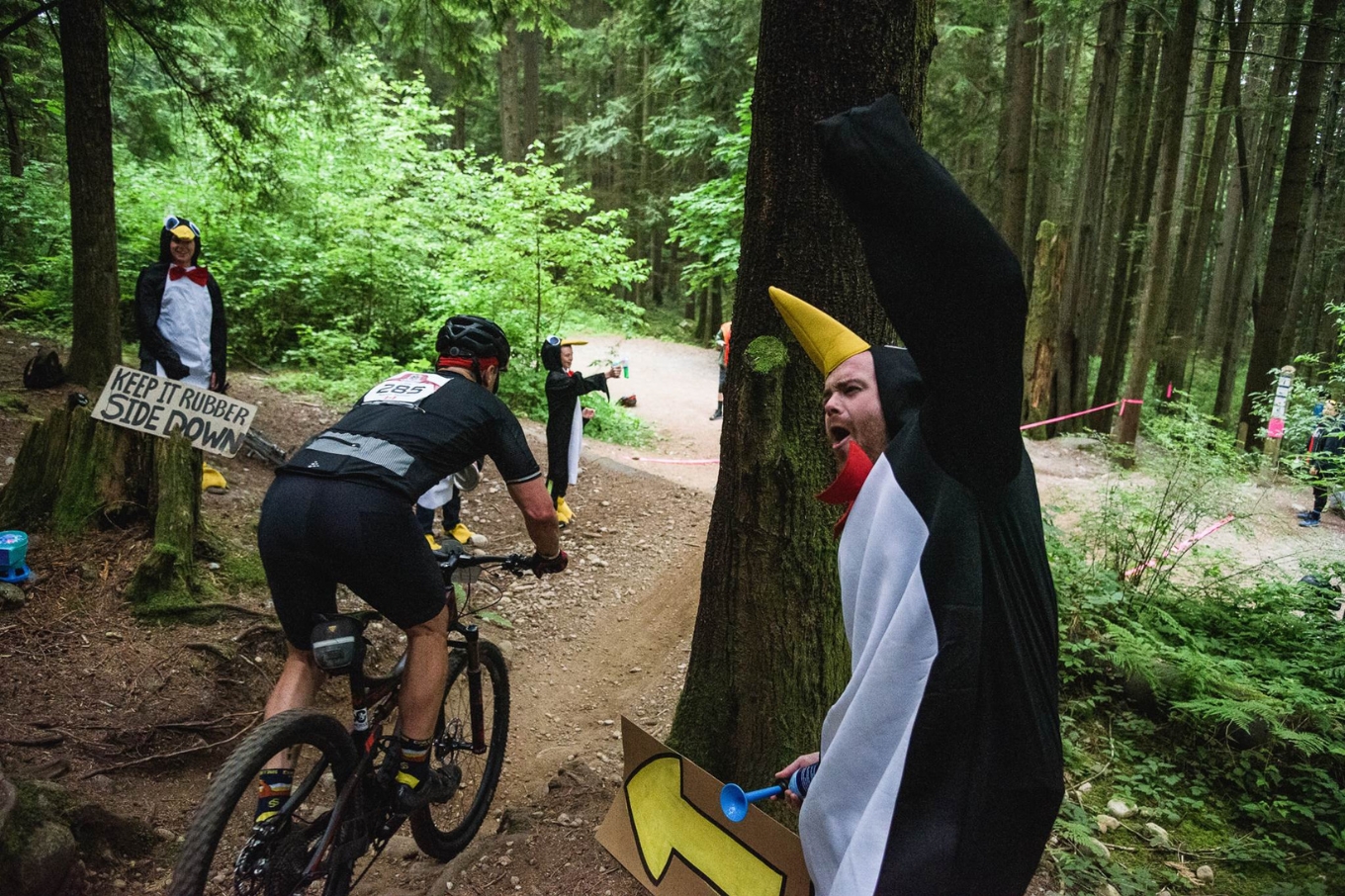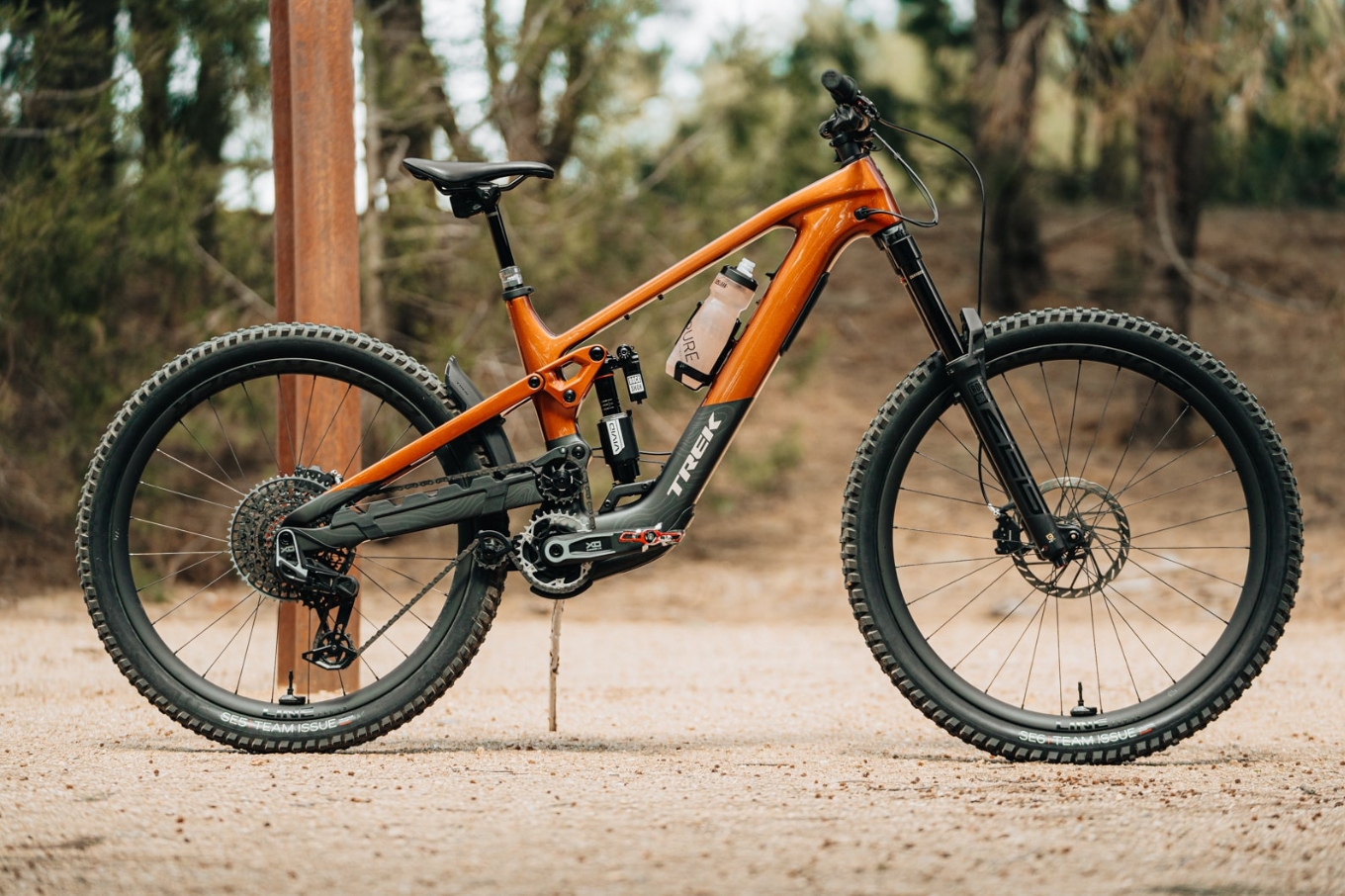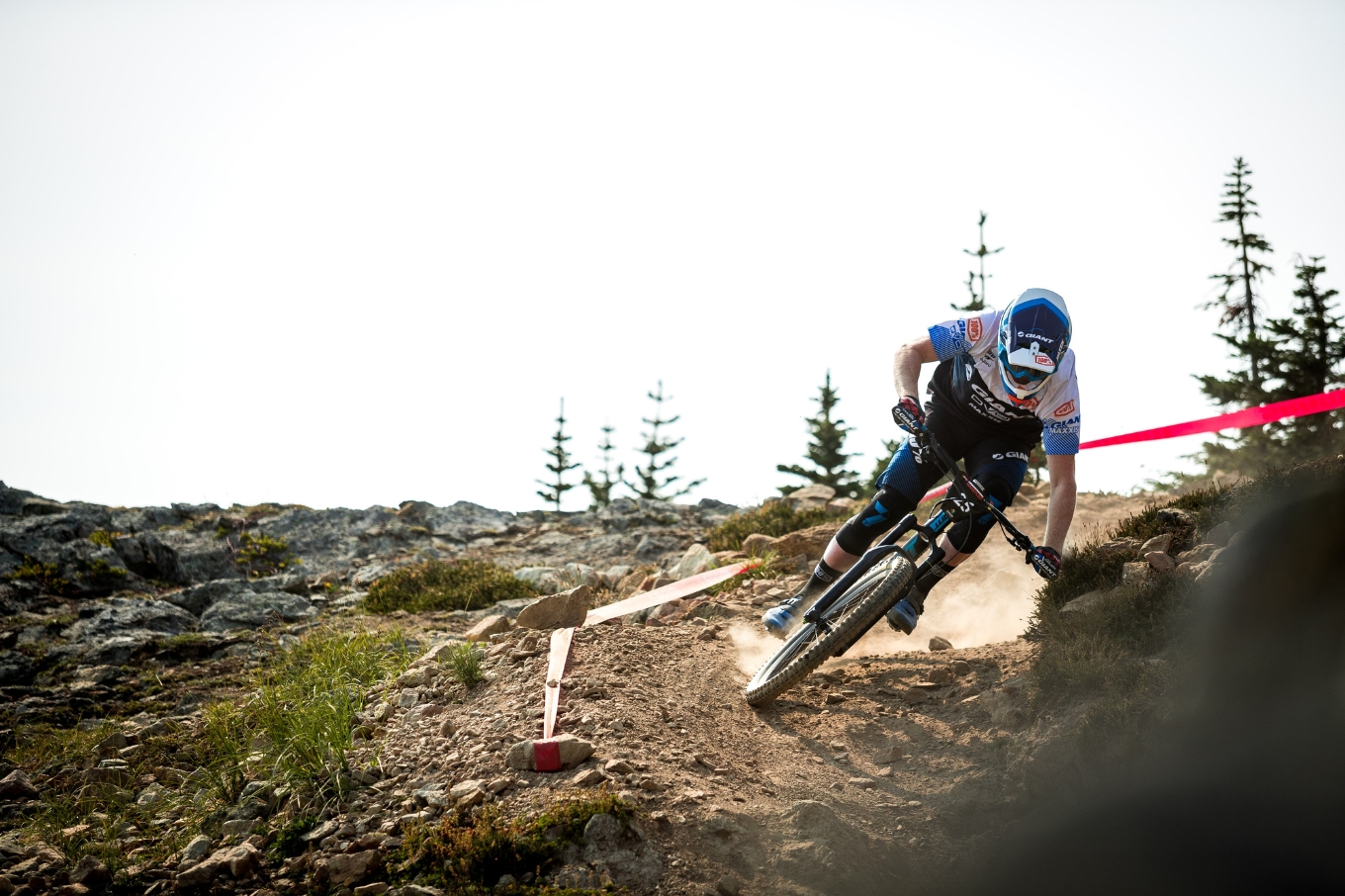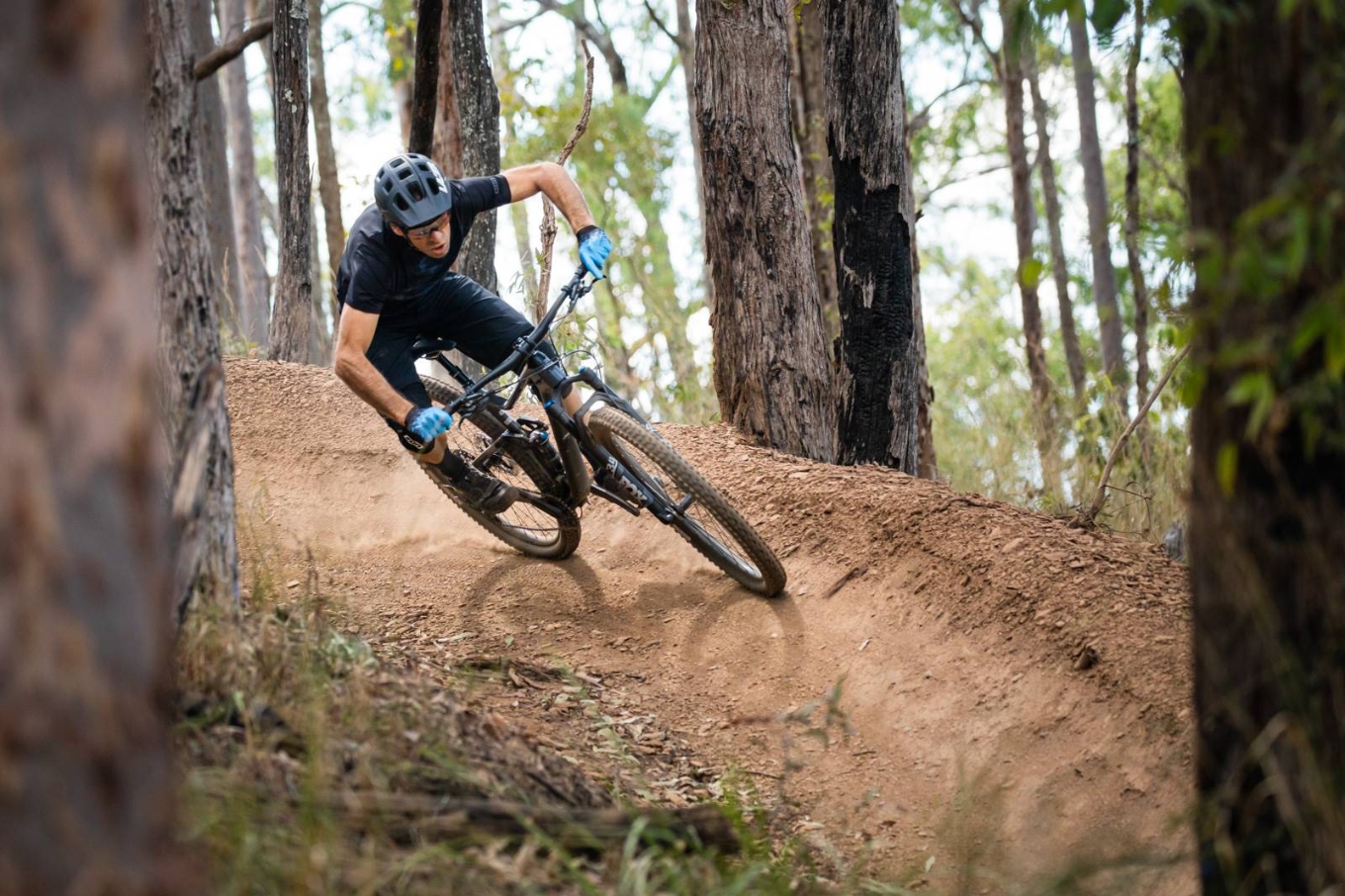SKILLS: Climbing Over Slippery Roots
Make it up and over those slippery roots without dabbing
There is absolutely nothing that’s more of a momentum killer than a slippery root on a climb you just can’t get over. One minute you’re peacefully ascending and the next minute your rear wheel is spinning, your bike slips sideways and before you know it you’re off the bike or even worse – on the ground! For novice and intermediate riders, the challenge is huge and at times it seems no matter what you do, it can just seem impossible to get safely to the other side of the offending root.
Unfortunately, quite often the outcome is the root will “disappear” from the climb under the cover of darkness. However, the reality is that the skills developed in this situation cross over to so many other climbing techniques when it comes to tricky obstacles such as ledges, logs, roll overs and just about anything else that will get in the way of you getting to the top of a climb, so it really is a skill worth mastering. Here’s how it’s done.
Step 1 – Slow down and set up
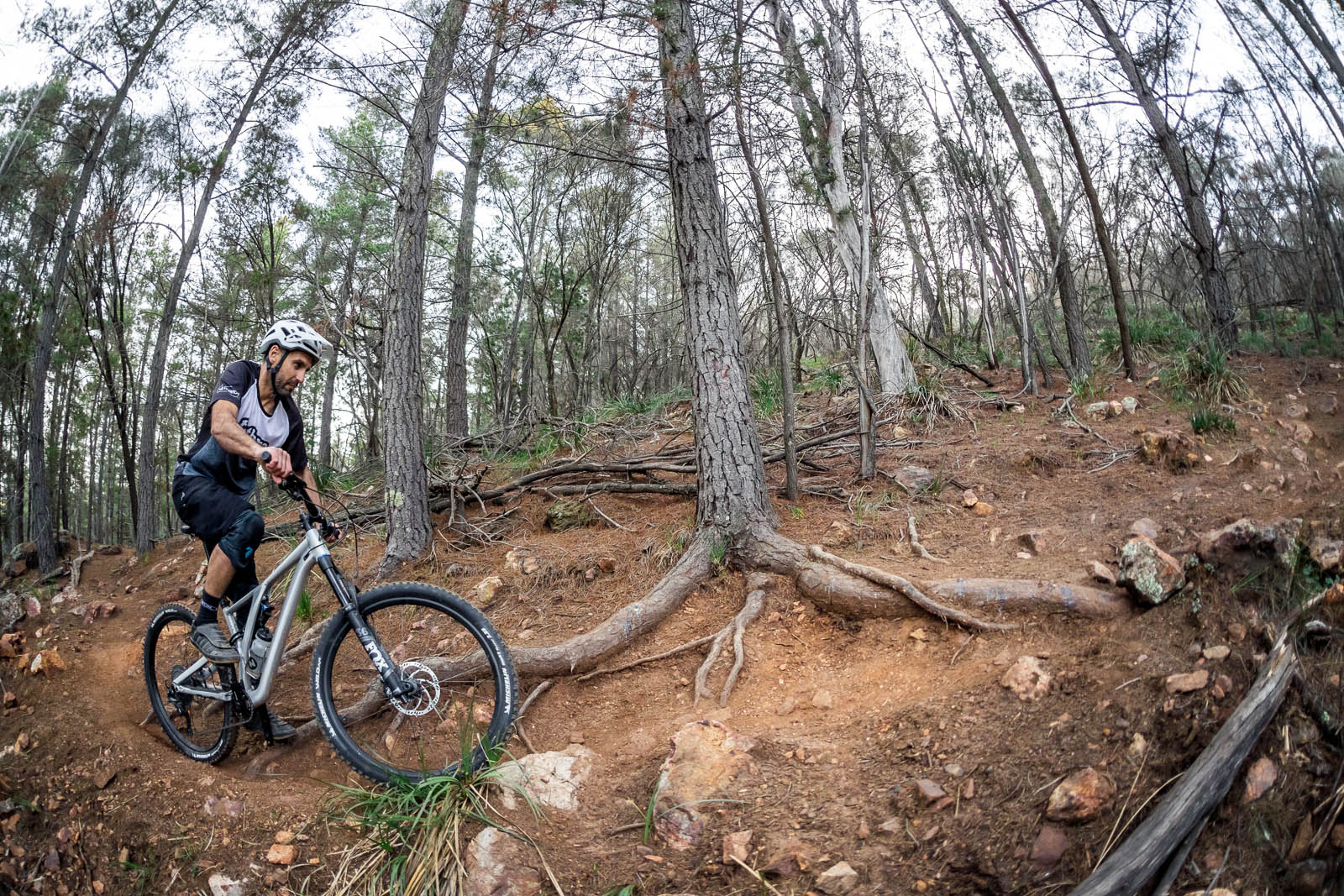
As you approach the root, take the time to slow down, take a break, take a good look at what’s coming up and use the approach to pick the right gear and line. What you are looking for is the patches of dirt before and after the root which you will need to aim for as this will be the only place you will get any traction. Pick your line, take a deep breath and get ready.
Step 2 – Pick the right gear and speed up
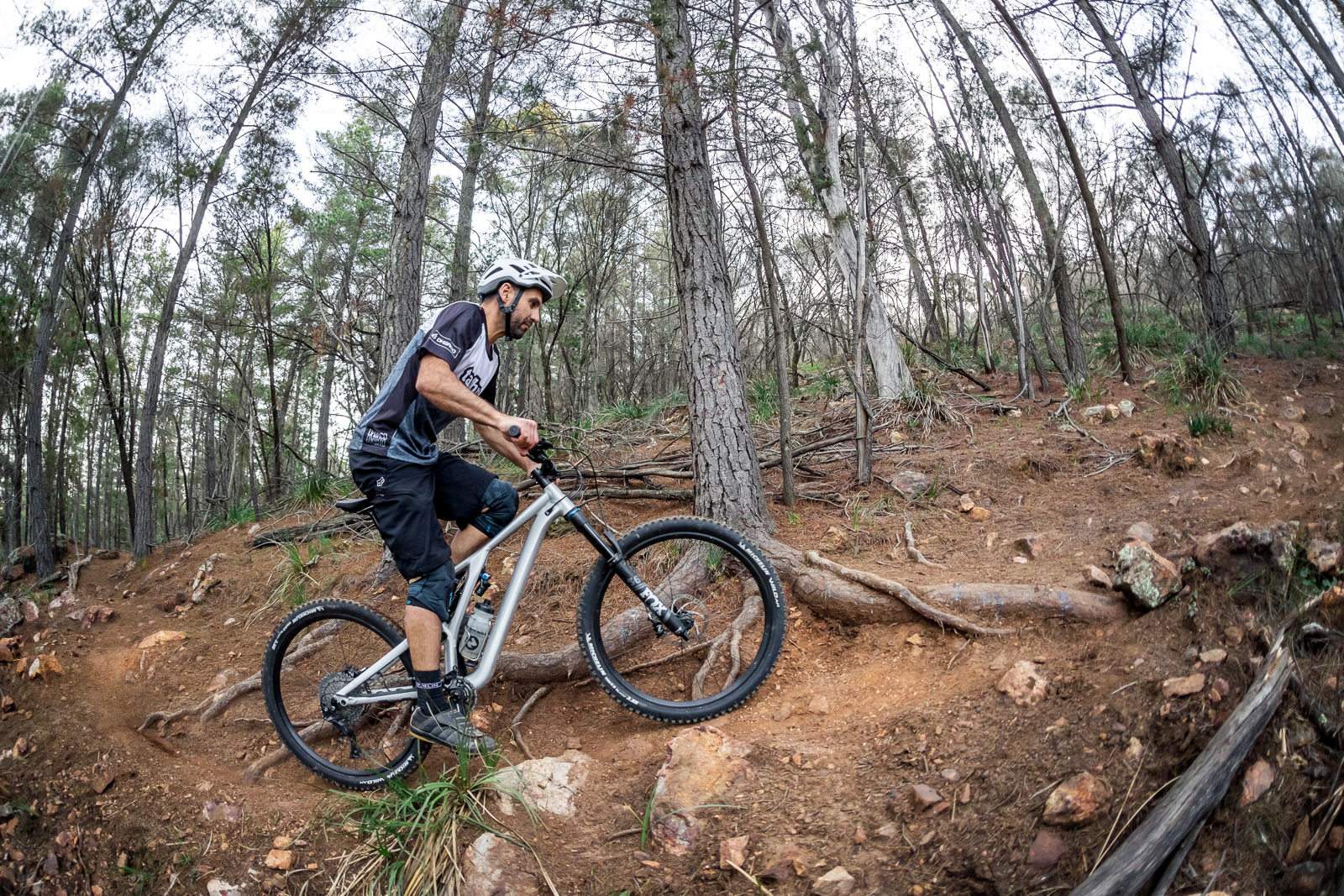
While it may seem totally counterintuitive, the only way you’ll get over any challenging obstacle on a climb is by picking the right gear and approaching with speed. My preference is for a slightly higher (harder) gear than you would usually use. This will assist in getting up to speed, assist with your balance and also stop you spinning out on anything slippery if your wheels happen to hit the slippery stuff. Pedal hard into it and focus on the dirt (traction) on the other side. Don’t look at the root or that’s what you’ll hit!
Step 3 – Get your front wheel on the other side
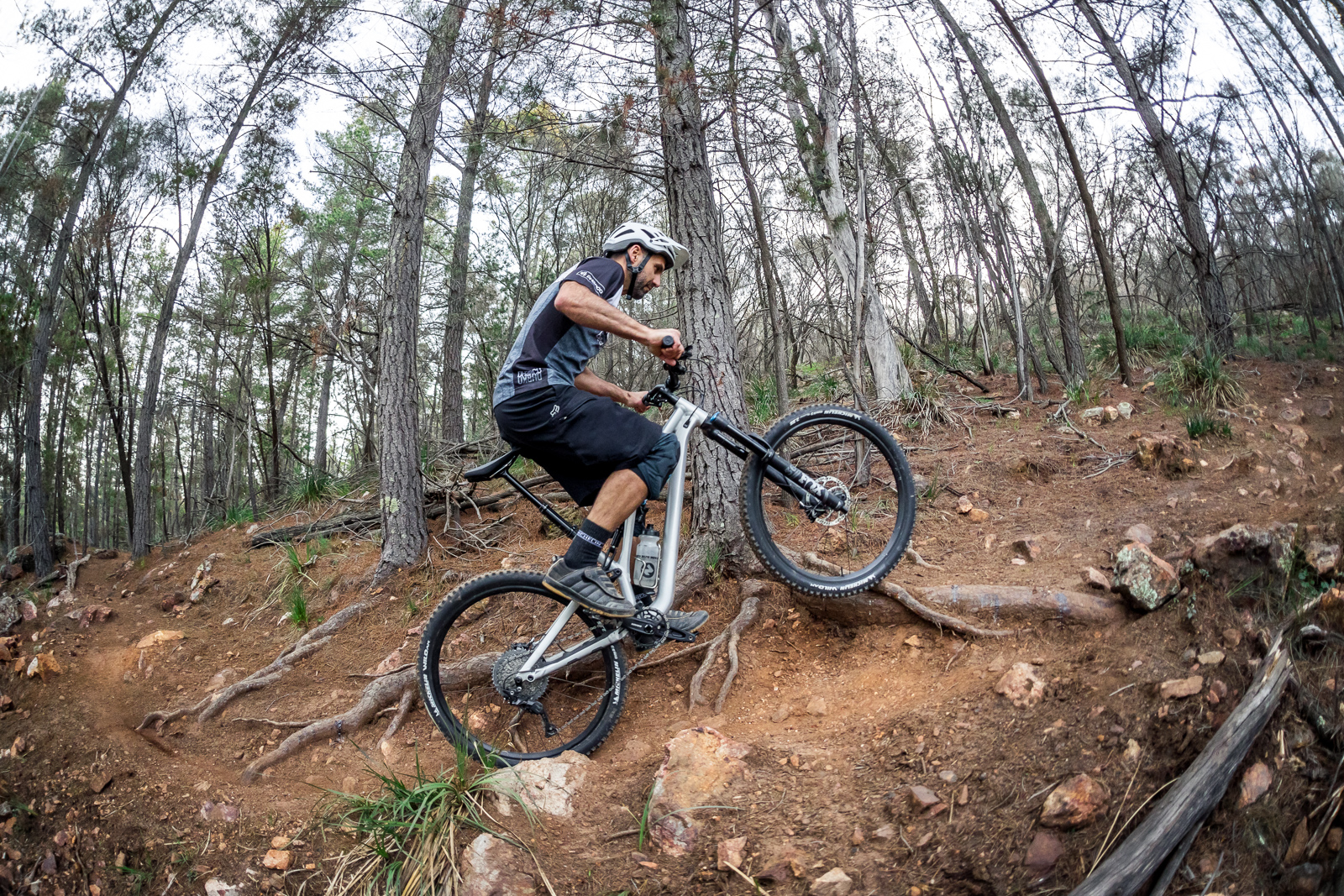
As you accelerate towards the root, you’ll need to lift / wheelie your front wheel up and over the root. The best result you are looking for is not to touch the root at all. Focus on the dirt and aim to put your wheel right on it. This is where the extra speed and higher gear will help. It takes a huge amount of effort to get it right so don’t think it will be an easy task. It really is an explosive move from beginning to end when done right.
Step 4 – Keep pedalling until just before the root
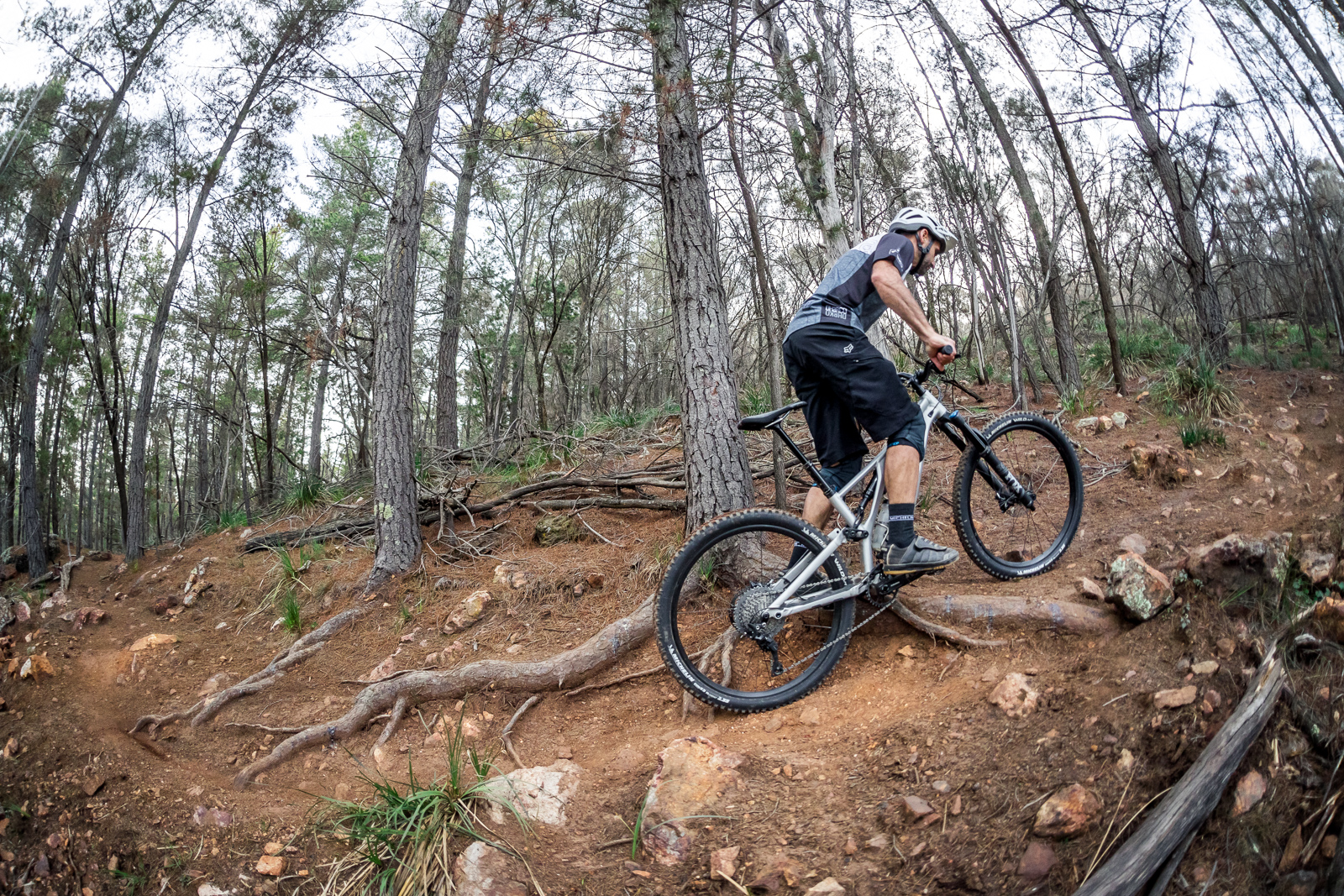
To keep up your momentum, you’ll need to keep pedalling to the point just before your rear wheel reaches the root. This may only be half a revolution of the cranks or a full revolution at best but it is that last extra little kick which is required to get you over the root. In this instance I can only get in half a stroke and actually end up with my opposite foot forward for the last little hop over the root but without that last kick of the pedals (or a motor) I have no chance of making it.
Step 5 – Lift your rear wheel over the root
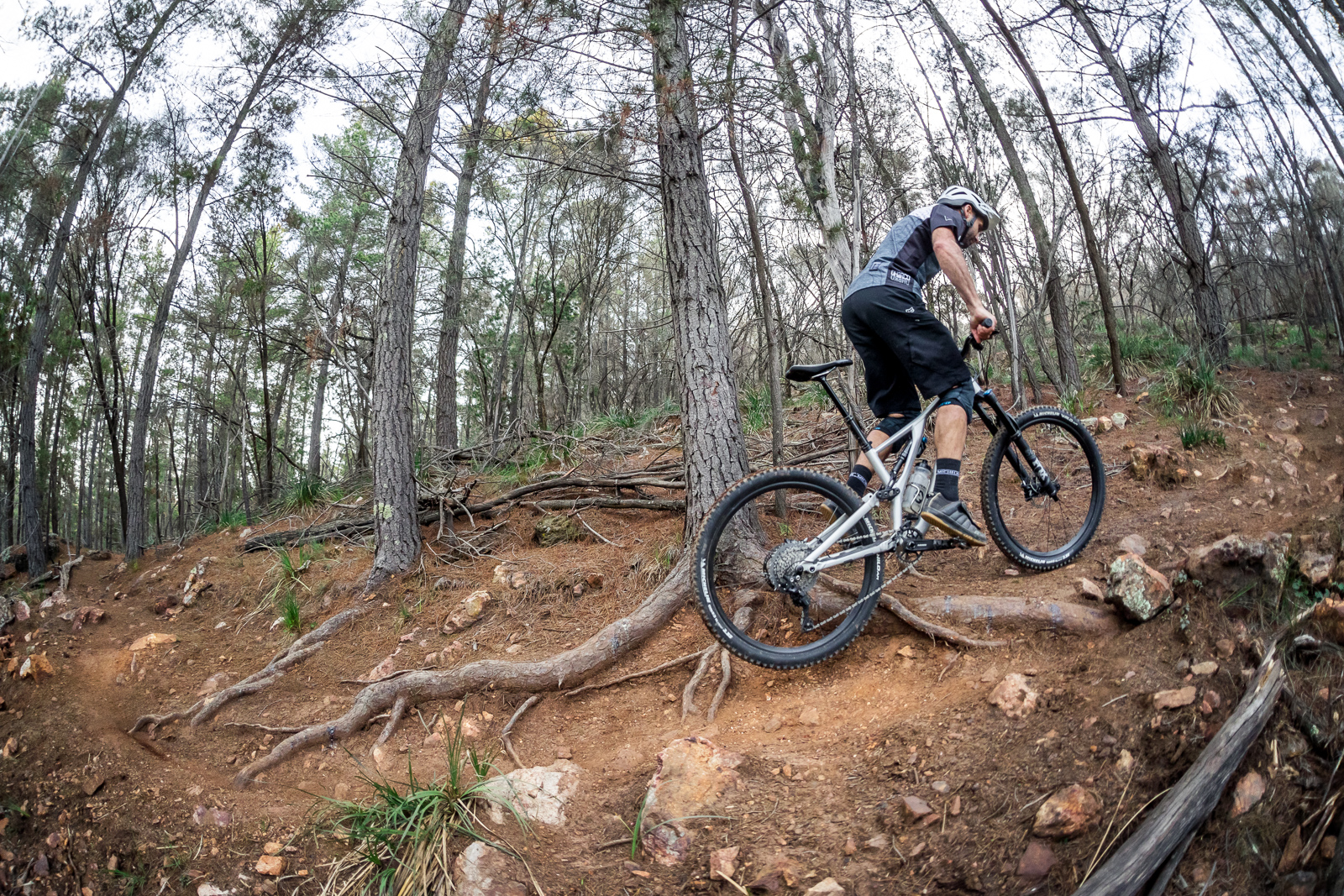
This is undoubtedly the hardest part of the manoeuvre. The whole aim of the exercise is to get over the root without your wheels touching it. The front wheel is normally straight forward but to get the rear wheel over, you’ll need to get your weight as far forward as possible and lift your rear wheel up and over the root a bit like you would going over a gutter or ledge. As your wheel comes up, you also need to “push” your bike forward underneath you to clear the last part. Once again you’re aiming to land your rear wheel on the dirt on the other side so everything you can do to get it there will help.
Step 6 – Get back on the pedals as soon as you can
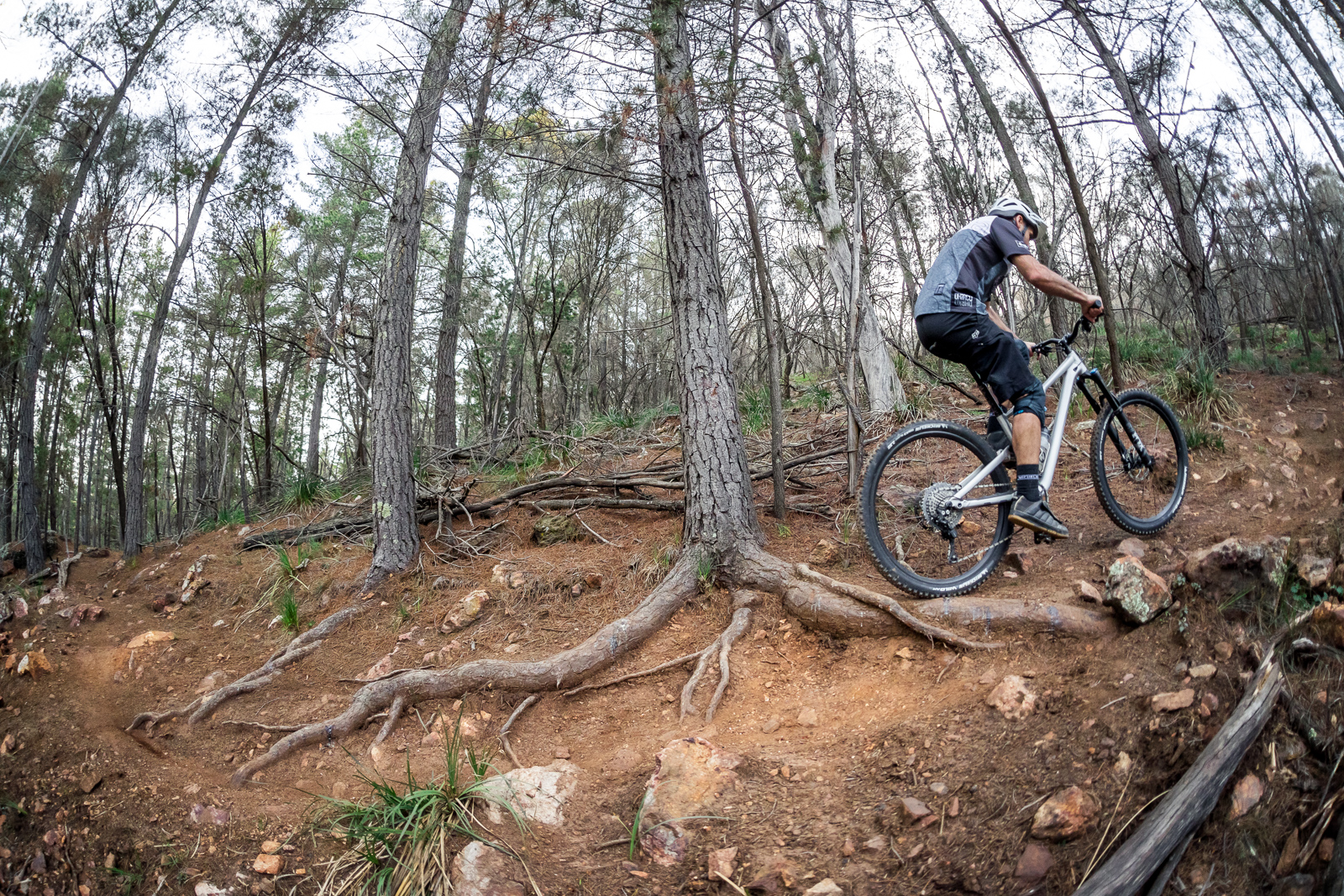
You can see in this pic my body hasn’t actually moved forward that far along the trail but my bike has been pushed forward underneath me and the rear wheel has cleared the root. As soon as my wheel has touched down I’m straight back on the pedals. This is where the higher gear really helps as a lower gear makes it really easy to spin out at this point. I’m also back on the saddle to help get some extra traction on the rear wheel. Once you get that first pedal down without spinning out it’s simply a matter of easing on the power and continuing up the trail.

